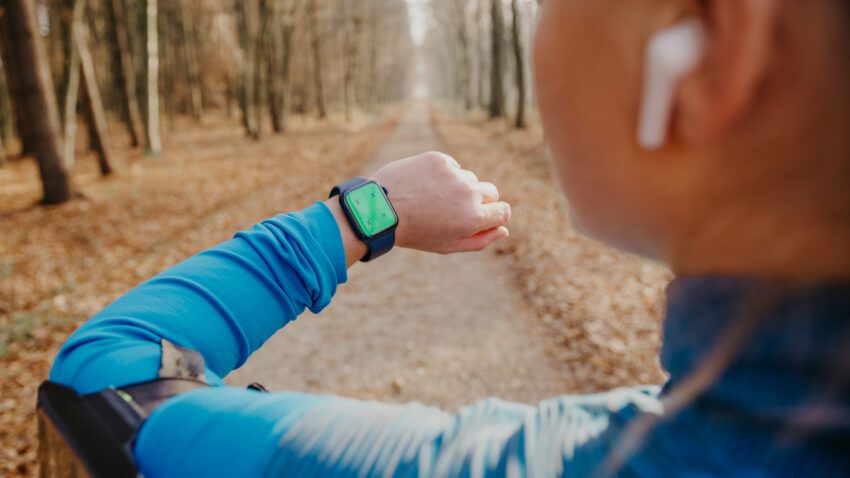The transition of summer to autumn brings with it many things – kids returning to school, cooling temperatures, changing leaves, and a booming demand for all things pumpkin spice. The more moderate outdoor weather also makes it an ideal time for many people to go for a run. About 50 million Americans regularly engage in some form of recreational running or jogging, including various 5K, 10k, half-marathons and full marathons.
Avid runners, however, often pound more than just the pavement. The repetitive motion of high-impact activities like running can put tremendous strain on joints and muscles throughout the body, including those in the spine. Not only can this strain cause discomfort that can impede performance, but over time it can place a runner at risk for serious injuries. Observing a few simple tips can help reduce the likelihood of injury and back pain while running.
Invest in quality footwear. It’s important to choose a shoe appropriate for its purpose. If you’re a runner, this means focusing on shoes designed specifically for running. A quality running shoe typically is lighter-weight than a standard sneaker or casual shoe and has more cushioning built into the heel and toe to better absorb the repeat impact from a runner’s foot hitting the ground. Rather than searching for the best online shopping bargain, it may be worthwhile to visit a store that will measure your foot and allow for a 10-15 minute trial run. And know when to let your old shoes go –usually after 350 to 500 miles of running or when the outer tread wears down.
Don’t forget your core. Running at a sustained pace over long periods of time involves a combination of balance, stability, and good form. With a strong core, the muscles around your hips, abdomen and back all work in tandem to support your body’s movements. If the core muscles are too weak, the impact from running may be transferred to your spine, resulting in back pain and injury. Including simple bodyweight exercises like planks, lunges, and crunches into a conditioning workout can all help build up core strength.
Consider nutrition. A diet heavy in greasy fast food and other highly processed foods can not only lead to unwanted weight gain, which puts more pressure on the joints, but also causes inflammation throughout the body. Instead, runners should opt for a nutrient-dense, anti-inflammatory diet consisting of colorful vegetables like carrots and kale, as well as foods rich in Omega-3s and protein, like fish and lean meats.
Increase flexibility by stretching. Many Americans spend countless hours in a sitting position, whether at a desk at work, riding in a car, or just watching television on the couch at home. As a consequence, the tendons and ligaments in the legs and lower back can shorten and tighten. Regular stretching will allow muscles and connective tissues to lengthen and become looser, increasing your overall range of motion. Additional stretching both before and after a run may reduce risk of injury and likelihood of post-running muscle soreness.
Don’t forget to rest. Sometimes the best thing we can do for our bodies is take a day off and rest. As with resistance training and other strenuous activities, running long distances can cause muscle fibers to tear and break down. Giving the body sufficient time to rest and recover is important to avoid overloading our joints and risking more serious injuries like stress fractures.
If you’re a runner who struggles with neck or back pain, we encourage you to explore the National Spine Health Foundation’s resources on prevention, diagnosis, treatment, and recovery and join our private support group.
We also invite you to attend our annual We’ve Got Your Back 5K and Wellness Fair in Reston, Virginia on October 16. This race will celebrate the success of Spinal Champions by bringing together elite runners, recovering and recovered patients, industry experts, and supporting members of the community.



